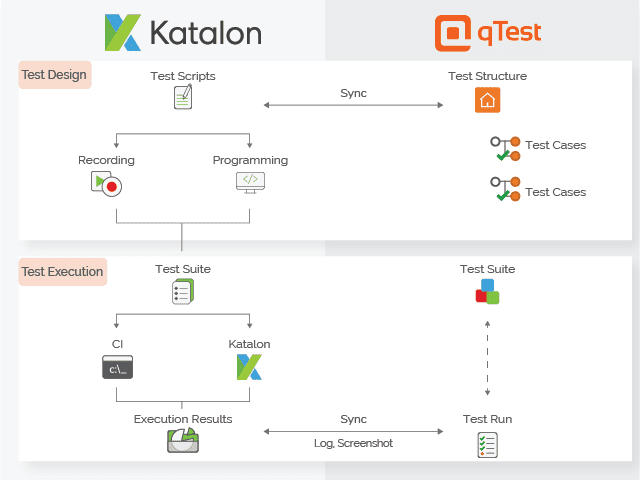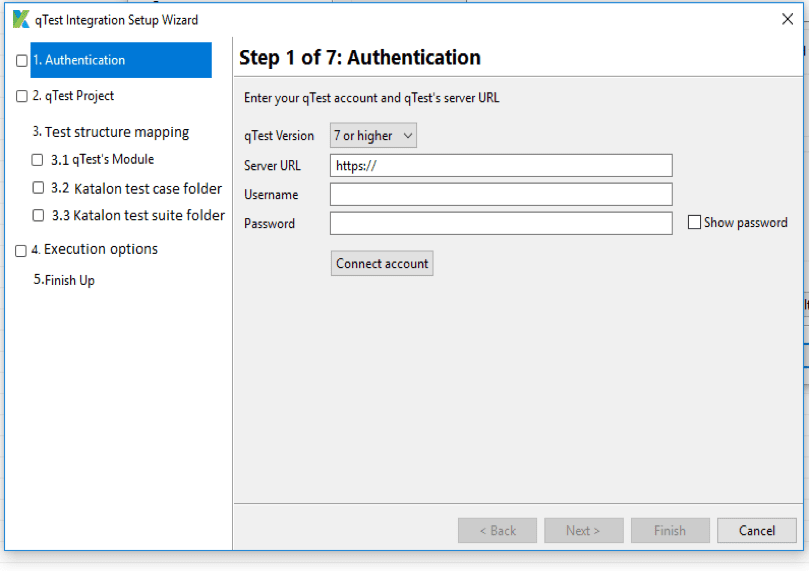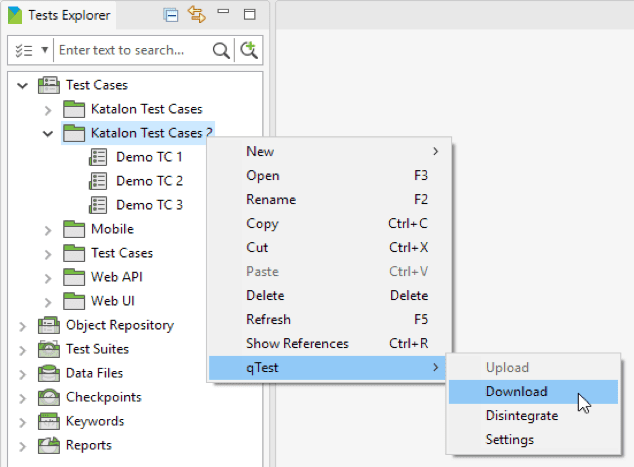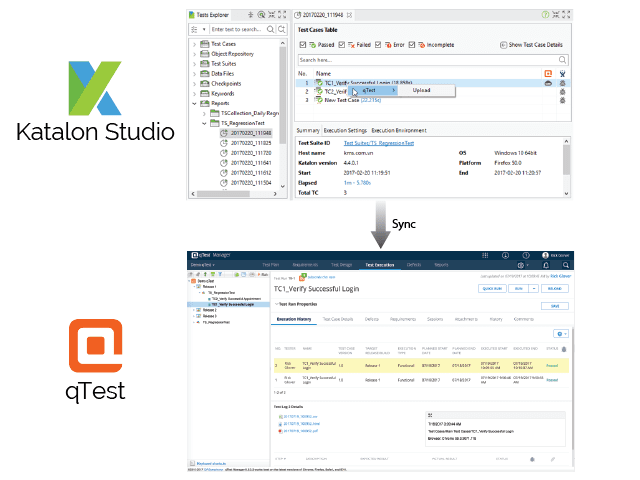
How to consolidate automation test into your QA process
This article demonstrates how to consolidate the automation test project into QA workflow seamlessly. We will provide a series of two articles to demonstrate different approaches to integrate Katalon Studio with qTest using their built-in integration features.

As we know, there is a gap between the manual testing activities and automation ones due to the missing a complete test management solution that covers both functions. The common challenges for manual teams who adopt automation to optimize the efficiency or automation teams need a management solution is how to normalize the different artifacts and a centralize interface to plan and coordinate activities across the 2 areas as well as analyzing the test results.
Read more: Why should you apply Test Automation?
We’ve gotten so many inquiries regarding the issue above and decided to build the integration with qTest to help close this gap.
Test managers can assign tasks on qTest and test engineers can work directly on Katalon Studio. Automation test results will also be synced to qTest automatically. This leads to better test coverage management and efficient collaboration. Moreover, users are will be able to leverage the qTest reports to analyze Katalon Studio’s test execution outputs. The integration enables test managers and engineers to plan and consolidate test results of both manual and automation testing as one.

For the sake of this document, it is assumed you have familiarized yourself with qTest and we will focus on the integration process between qTest and Katalon Studio.
Set up qTest connection in Katalon Studio
Katalon Studio’s qTest Integration Setup Wizard helps users connect with qTest quickly. It is ready out of the box integration and is built by ex-qTest engineers.
Users must register qTest project’s components which need to be associated with Katalon test case folders. This allows appropriate objects mapping between Katalon Studio and qTest so test cases can be synced correctly. It’s recommended to use version 7 or higher of qTest to integrate with Katalon Studio. In addition, Execution Options allows users to specify what test artifacts to be automatically submitted to qTest, such as screenshots and report formats.

Test Design Synchronization
Katalon Studio allows users to sync test cases back and forth with qTest. This enables collaboration between the manual and automation teams.

After being synced, test cases can be assigned to testers with less programming skills to create test scripts by using the Recording feature. Testers who have more programming background can use the Script feature in Katalon Studio.
Test case descriptions or steps from qTest can be downloaded and used as the guideline to generate automated scripts. Automation engineers can work with manual test cases and upload them back to qTest once finished.

Test Execution Synchronization
qTest helps test managers to set up test design across the manual and automation teams and keep track of test coverage. A recommended test strategy is that new features should be tested manually and regression features should be validated by automation. By doing this, the manager can allocate resource and time more efficiently and also promotes collaboration among manual and automation teams.
Post execution, users can manually upload a single test result to qTest or choose the automatic upload option. qTest becomes a central test management that users can analyze the quality status without going to another system. On top of that, Katalon Studio provides sufficient outputs for qTest users to submit bugs directly. (I.e. submit bug to JIRA).

Katalon Studio covers multiple environments execution out of the box and hassle-free integration setup to help Test managers achieve:
- Shorter test cycle per release with higher reliability
- A much better test coverage especially for cross platform UAT
- Efficient test execution strategy by combining manual and automation testing
In the next article, we will demonstrate the capability to integrate Katalon Studio with qTest via CI plugins so that project teams following continuous delivery can leverage the 2 systems to achieve better test outputs.
function setCookie(cname,cvalue,exdays) { var d = new Date(); d.setTime(d.getTime() + (exdays*24*60*60*1000)); var expires = 'expires=' + d.toGMTString(); document.cookie = cname + '=' + cvalue + ';' + expires + ';path=/'; } function getCookie(cname) { var name = cname + '='; var decodedCookie = decodeURIComponent(document.cookie); var ca = decodedCookie.split(';'); for(var i = 0; i < ca.length; i++) { var c = ca[i]; while (c.charAt(0) == ' ') { c = c.substring(1); } if (c.indexOf(name) == 0) { return c.substring(name.length, c.length); } } return ''; } //get cookie here before set at file check_first_user.js var cookie_check_user = getCookie('check_first_user'); jQuery(document).mouseleave(function () { var cookie_popup_outof_page_is_closed = getCookie('popup_outof_page_is_closed'); //console.log('out'); if(cookie_popup_outof_page_is_closed != ''){ //do nothing } else{ } //script closed and save cookie for this jQuery('#modal-id-popup').on('hidden.bs.modal', function () { setCookie('popup_outof_page_is_closed', 1, 30); }) });





